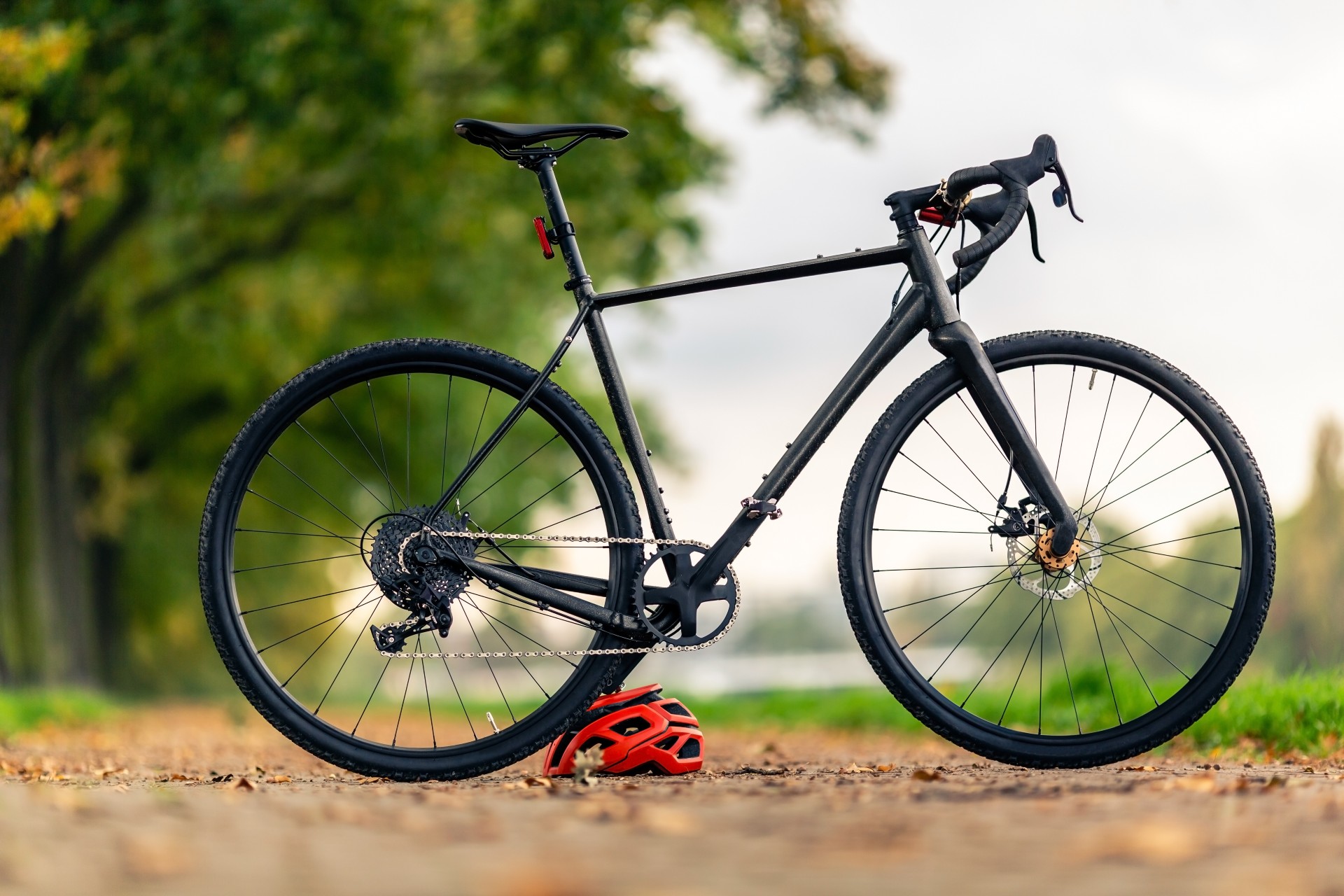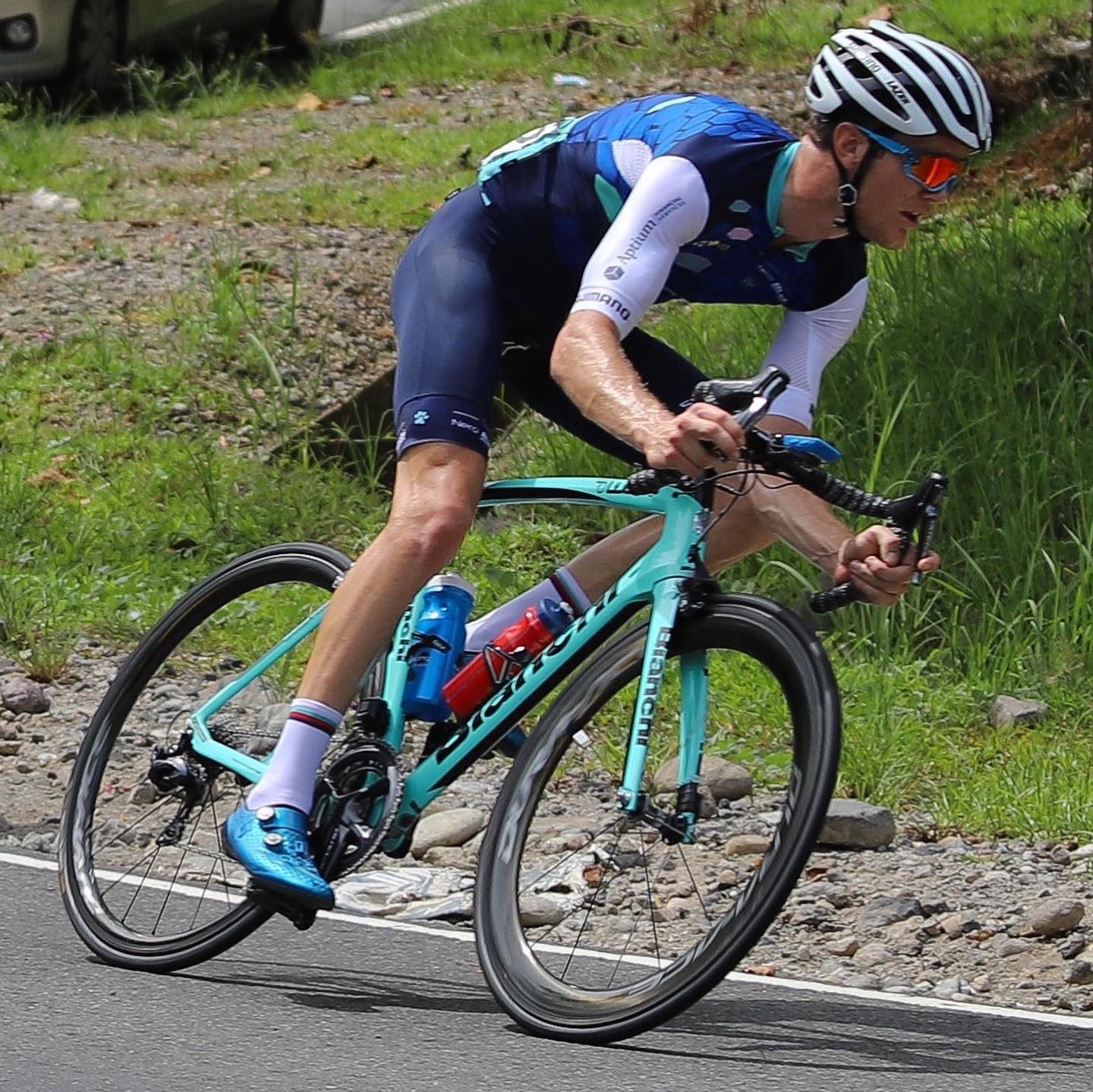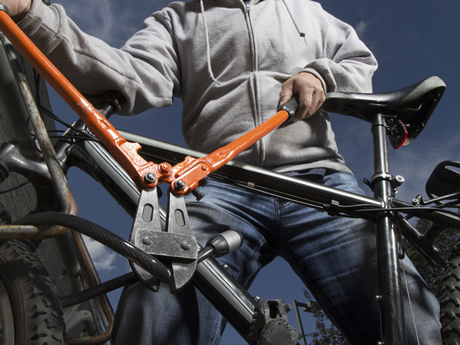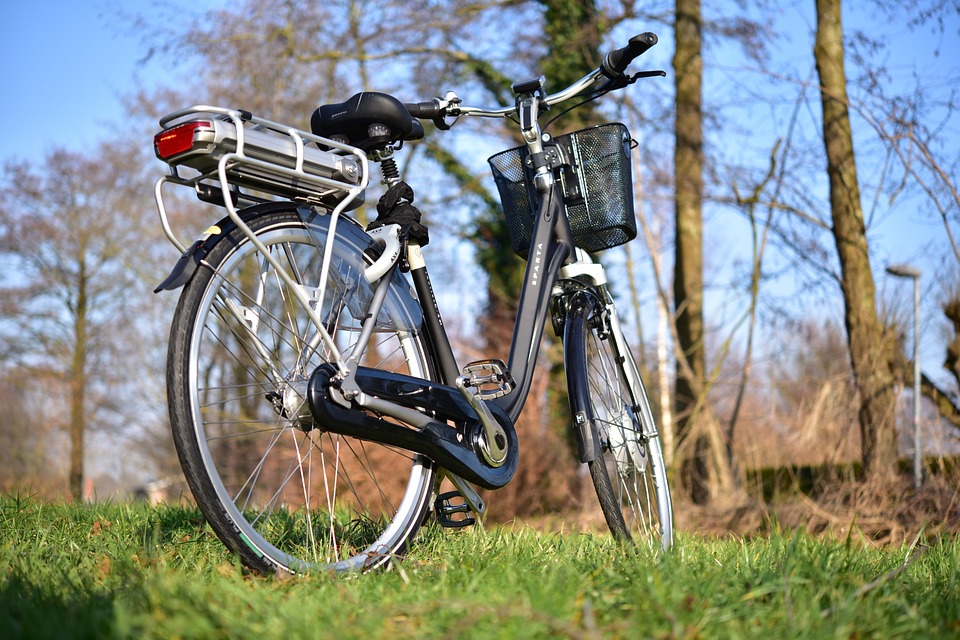
How to choose the best road bike for racing - by a racer
by Sam Hill
About me
Hey there! My name is Sam Hill. I ride for the Australian UCI Continental team, Ccache Parkup, and have been racing competitively for 12 years. In addition to my racing career, I run a coaching business called Cycling Performance Coaching, and have worked in bicycle stores as well. My most notable victory was a stage win in the Tour of the Philippines in 2019, though I have also secured wins in races across Australia, including the Tour de Brisbane, and achieved podium finishes in events like the Grafton to Inverell. As a lifelong cyclist dedicated to optimizing performance, I know that attention to detail with your bike equipment can significantly enhance your chances of success on race day.

Sam Hill
How to choose the right bike
Choosing the right bike for road racing is a critical decision that can significantly impact your performance, comfort, and overall racing experience. Whether you're a seasoned competitor or a newcomer to the sport, understanding the key factors that differentiate road racing bikes is essential. The perfect bike for you will not only align with your physical attributes and riding style but also meet the specific demands of the courses you plan to race on. From frame materials and aerodynamics to gearing systems and wheel choices, each component plays a pivotal role in optimizing speed, handling, and endurance.
This guide will help you navigate the complex landscape of road racing bikes, ensuring you make an informed decision that enhances your competitive edge and enjoyment on the road.
I’ve ridden around the world and had to make decisions based on where I go, and how I want to ride. Now let me help you decide based on several key factors.
Aero vs Lightweight
When selecting a road bike for competitive racing, understanding the differences between an aero-focused road bike and a lightweight climbing road bike is crucial. Both types are designed with specific performance attributes in mind, catering to different racing conditions and rider preferences.
An aero-focused road bike is engineered to reduce aerodynamic drag, allowing riders to maintain higher speeds with less effort. These bikes feature streamlined, chunkier frames, integrated handlebars, and often deeper-section wheels, all aimed at cutting through the air more efficiently. The frame designs incorporate aerodynamic shapes with truncated airfoil tube profiles, and the handlebars and cockpit are integrated and aerodynamically optimized. They typically use deep-section wheels to further reduce drag and have a more aggressive geometry for a lower, more aerodynamic rider position. The Bianchi Oltre XR4 is a prime example of an aero-focused road bike, featuring advanced aerodynamics, vibration-damping Countervail technology, and a sleek design that minimizes drag, making it ideal for flat, fast courses and solo breakaways.
In contrast, a lightweight climbing road bike prioritizes minimal weight and efficient power transfer, making it perfect for steep ascents and mountainous terrain. These bikes focus on shedding every possible gram to enhance climbing performance. Their frame designs use lightweight materials like carbon fiber and simplified shapes to save weight, and they feature lightweight components, including wheels, drivetrain, and cockpit. The geometry of these bikes balances climbing efficiency and comfort for long ascents. The Giant TCR is renowned for its climbing prowess, combining a superlight frame, efficient power transfer, and balanced handling, designed to excel in hilly and mountainous terrain, helping riders tackle steep gradients with ease.
Aero bikes excel on flat terrains and in time trials, focusing on reducing air resistance, often resulting in slightly heavier frames. Climbing bikes are optimized for hilly and mountainous courses, prioritizing low weight to enhance climbing efficiency. The riding position on aero bikes is typically more aggressive and lower, while climbing bikes offer a more balanced geometry for varied terrain.

Sam Hill on bike
Previous experience as an athlete
Your sporting background is a large factor to consider when choosing the right bike. Frequently racing, having high levels of flexibility, and solid core strength make you more likely to suit a bike with aggressive geometry because these attributes enable you to handle the demands of a lower, more aerodynamic riding position. Experienced racers are typically accustomed to the rigors of competitive cycling, which often involves maintaining a tucked position to reduce wind resistance and improve speed. High flexibility allows a rider to comfortably adopt and sustain this low position without causing undue strain on the body. Solid core strength supports this posture by providing the necessary stability and power transfer, reducing fatigue and enhancing control over the bike, especially at high speeds or during intense efforts.
In contrast, being a novice means you are more suited to a relaxed frame geometry, such as that of a Giant Defy. Relaxed geometry bikes are designed to offer a more upright and comfortable riding position. This setup reduces the strain on the lower back and neck, making it easier for new riders to adjust to longer rides without experiencing discomfort or injury. Novices are still developing their flexibility, core strength, and overall bike handling skills, so a more relaxed geometry provides a forgiving platform to build confidence and improve fitness gradually. The Giant Defy, with its endurance-focused design, provides stability and comfort, allowing new riders to focus on learning proper technique and enjoying the ride, rather than struggling with the demands of an aggressive racing posture.
Help, My Bike Feels Wrong
With all this to consider, purchasing a new road bike may seem like an impossible and daunting decision, especially once you factor in the inflated costs of these machines. This is why online marketplaces like BikeFair are an excellent choice for purchasing a bike: a safe, secure transaction, but opening the possibilities of second-hand bikes to save hundreds or thousands of euros on the investment.
On occasion, despite your best efforts, you may still find your new bike to feel uncomfortable, non-compliant and just plain wrong. Fortunately, there are a few things you can do to remedy this.
Even if you’re finding the road bike you bought for your needs feels a bit off, there are numerous adjustments you can make to counteract the bike's geometry and enhance your comfort and performance.
One of the most effective modifications is changing the length of your stem. Shortening or lengthening the stem can significantly alter your reach and handlebar position, helping you find a more comfortable and/or efficient riding posture.
Adjusting the fore and aft position of the saddle is another crucial adjustment. By moving the saddle forward or backward, you can fine-tune your position over the pedals, optimizing power transfer and reducing strain on your knees and lower back. Additionally, using handlebars of varying widths can make a substantial difference. Wider bars can offer more control and stability, while narrower bars can enhance aerodynamics and reduce shoulder fatigue.
These adjustments, among others, allow you to customize your bike's fit to better match your body and riding style. It's often possible to transform the feel and performance of a bike with relatively simple changes, ensuring you get the most out of your current setup even if it wasn't initially ideal for your needs.
My Road Bike Fix
Recently, I faced a challenge with my 60cm Trek Emonda. Despite using a 120mm stem, the bike felt horribly cramped, and I just couldn't find a comfortable position. As someone who stands 188cm tall with disproportionately long arms and a preference for an extreme aerodynamic position, this was a significant issue. So, I decided to take a bold step and bought a 200mm bike stem.
The new stem is admittedly heavy, which isn't ideal for a lightweight road bike designed for speed. It also decreases the handling performance, making the bike feel a bit sluggish and less responsive. On top of that, it's an eyesore, sticking out like a sore thumb and ruining the sleek lines of the Emonda.
Despite these drawbacks, I believe this 200mm stem is the right choice for me. It has transformed my riding experience, finally providing the reach I need to ride comfortably, powerfully and aerodynamically. Now, I can settle into my preferred aerodynamic position without feeling cramped, allowing me to maximize my performance and enjoyment on every ride.
Keep in mind
In summary, choosing the right road bike is a crucial decision that can greatly impact your cycling performance and overall enjoyment. It's essential to consider your specific needs, riding style, and physical attributes when selecting a bike. Taking the step up to explore more advanced road racing and setting PBs is part of what makes cycling an incredibly fun and liberating activity, plus the thrill of the open road. BikeFair provides a wide variety of options, ensuring you can find the perfect bike to match your style and preferences, enhancing the joy and freedom that comes with every ride - while saving you significant money along the way, which you can put into your next bike…

Sam Hill on the podium
Instagram: samhill13



